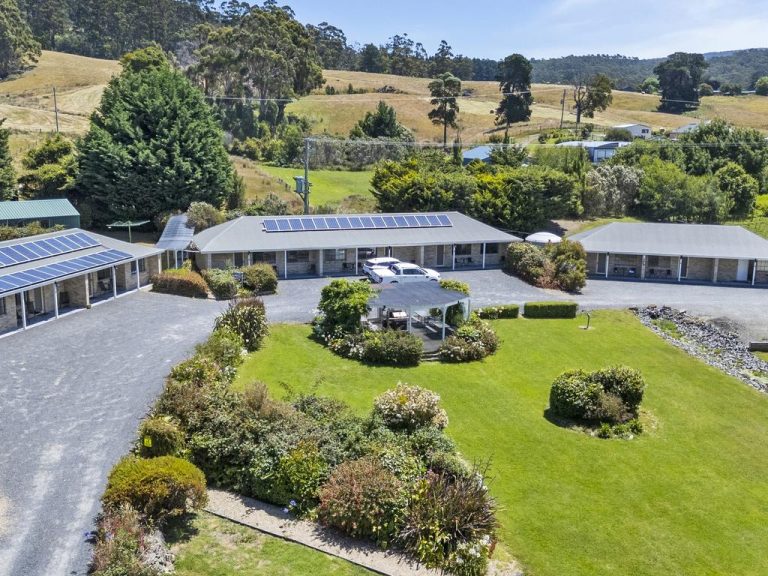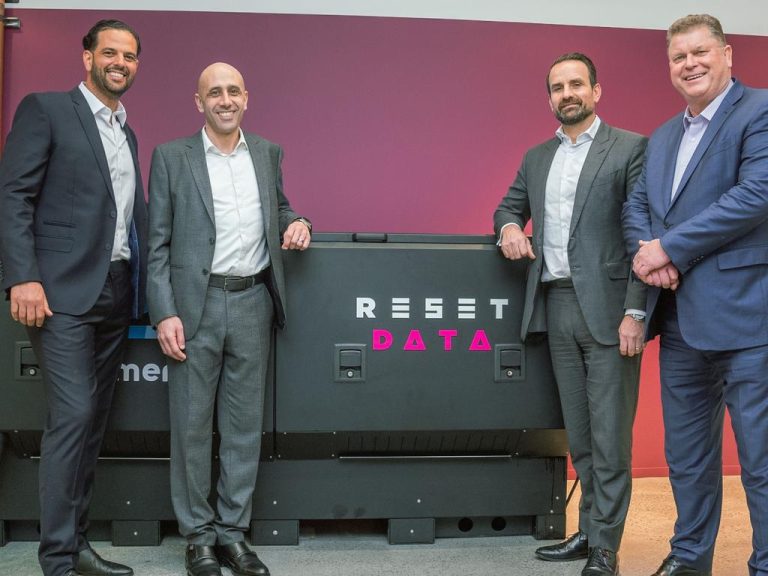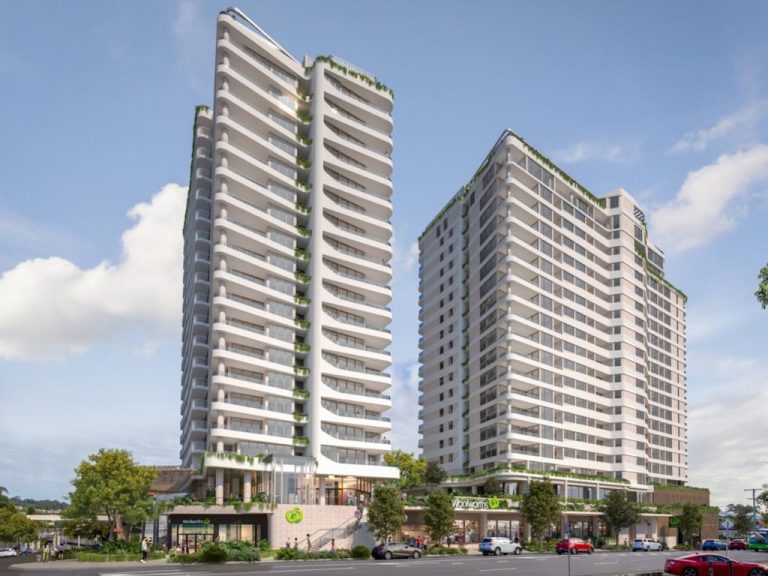The great backyard build: The $200K investment that can put hundreds in your pocket weekly
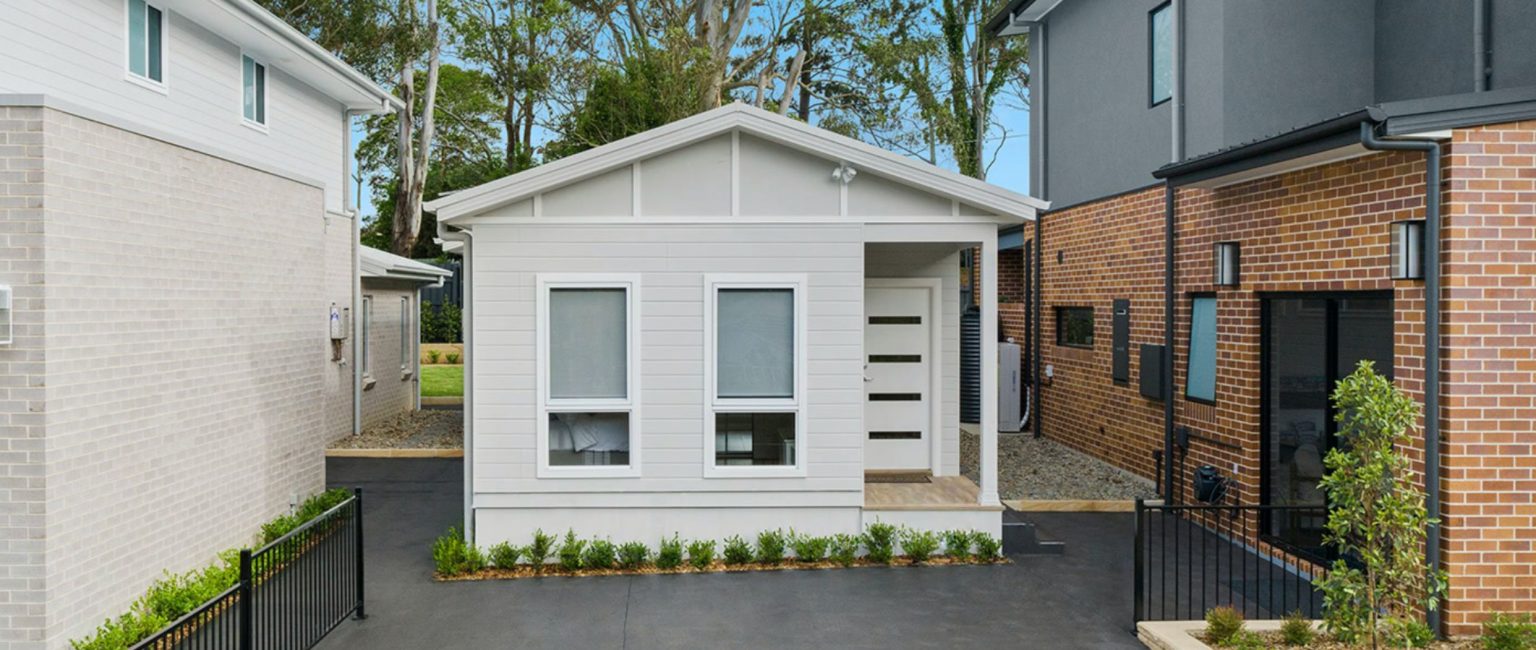
Homeowners looking to boost their household income or help out loved ones are increasingly building granny flats and dual occupancies in their backyards.
While many homeowners would prefer to keep their backyards as they are, Australia’s housing crisis and cost-of-living crunch are pushing some to build additional dwellings on their unused land.
Granny flat builders say there has been a surge of interest recently, while people are searching online for properties with secondary homes more and more.
On realestate.com.au, the top keyword that recorded the largest increase in searches last year was ‘dual living’, followed by ‘granny flat’.
Granny flats and dual occupancy homes typically share the same property with no subdivision needed, but a granny flat is smaller than a main residence, while dual occupancy homes tend to be about the same size.
Builder and director of NSW-based Granny Flat Solutions Wally Gebrael said these smaller dwellings were becoming more popular, with sales marching higher.
“Many customers say that it’s cheaper to invest in their property and provide another house — whether it’s for family or as a rental — than it is to buy another property,” he said.
A two-bedroom granny flat on average costs between $180,000 and $200,000 and takes about four months to build if not prefabricated, Mr Gebrael said.
“Investors are a big group for us,” he said. “A lot of property owners who have a large backyard or investment property will build a granny flat to get the additional income.
“Investors also love granny flats because you don’t need to subdivide your property to build, so you’re saving on the time and money associated with subdivision.
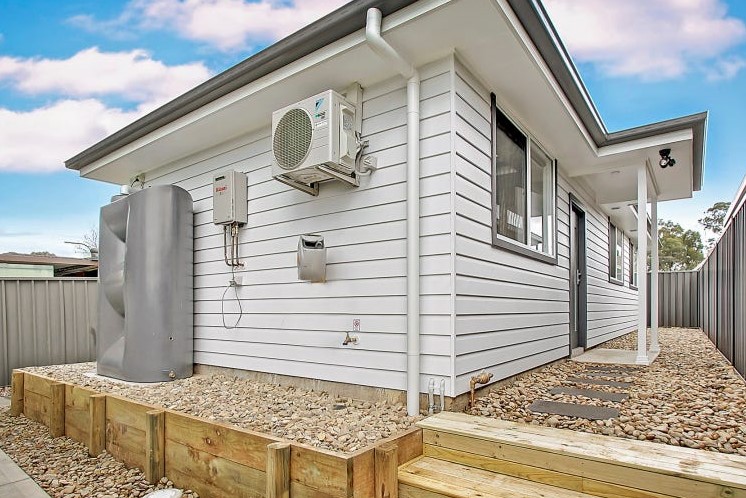
This two-bedroom granny flat in the Sydney suburb of St Clair was available to rent for about $500 per week. Picture: realestate.com.au/rent
“The second largest group are homeowners who are building granny flats for their families, either building them for themselves if they are looking at downsizing or for their children who can’t afford to buy anything.
“If you look at the amount of money you need to borrow and then compare it to the rent you could receive, the returns could be significant.”
For renters, granny flats can be attractive as an affordable alternative to a house
Property manager Nicole Astudillo from Ray White – Wetherill Park/Cecil Hills said granny flats were popular with renters and were quick to be leased
“Granny flats are usually two bedrooms and they’re more affordable than a house, so they appeal to individuals, couples and young families,” she said.
Ms Astudillo, who has managed granny flats for rent in her patch, said determining the average rent for a granny flat was complicated.
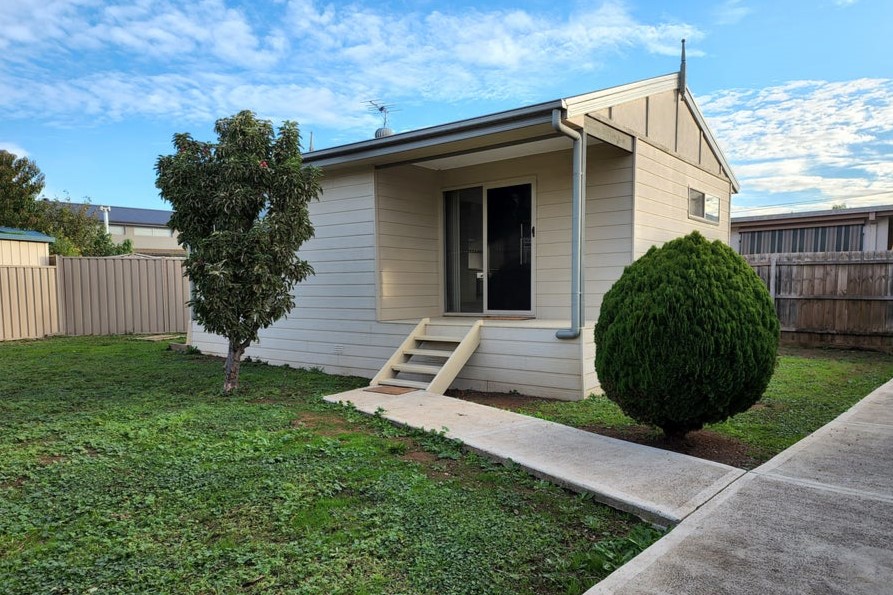
This one-bedroom granny flat in the Melbourne suburb of Hoppers Crossing was available to rent for about $395 per week. Picture: realestate.com.au/rent
“A granny flat isn’t the same as a unit or house, so its weekly rent really depends on its features and the suburb,” she said
“Some granny flats lease for more than units, and then others lease for less, so it really depends on the market.”
Policymakers across the country have also been cutting red tape for granny flats and dual occupancy homes to help alleviate the country’s housing crisis.
Earlier this year, the WA government announced that planning approval would no longer be required to build compliant granny flats up to 70sqm.
In Victoria, a planning permit is no longer needed to install a ‘small second home’ up to 60sqm, where it’s built on a property of at least 300sqm with no flooding or environmental overlays, but a building permit is still required.
South Australia recently changed the rules so granny flats could be rented to anyone rather than limited to immediate family members only – a change that Queensland made in 2022.
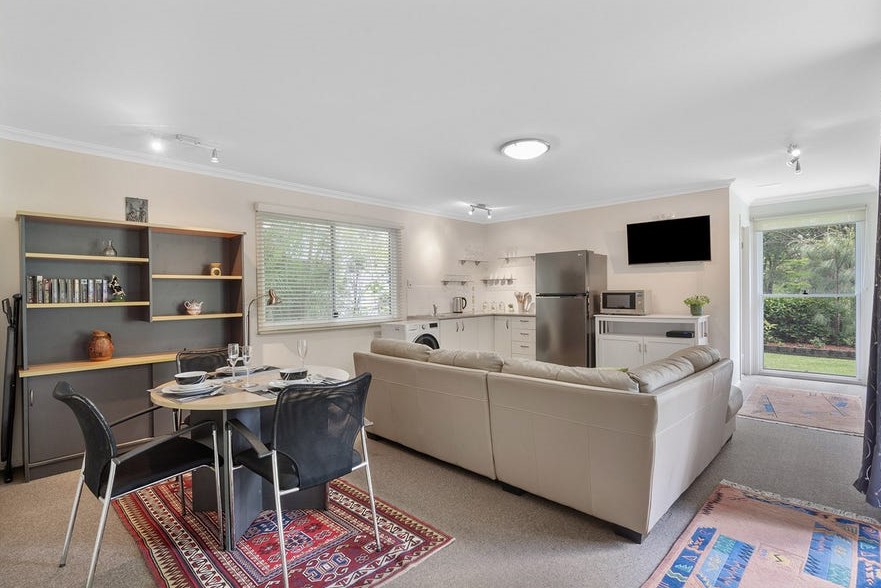
This one-bedroom granny flat in the Brisbane suburb of Chermside was available to rent for about $500 per week. Picture: realestate.com.au/rent
Meanwhile, homeowners in NSW can build a compliant granny flat on their property without going through the traditional council approval process.
PropTrack senior economist Paul Ryan said cutting red tape to build secondary homes was helping increase Australia’s housing stock.
“People want to add to their homes and increase density, and granny flats are one of the few ways that are becoming easier and allowed,” Mr Ryan said.
“The housing crisis is also pushing the granny flat trend because it’s a way to get housing on an existing block and use housing more flexibly.”
That said, there are risks that homeowners should consider before building in their backyard, especially homebuyers who are buying a property with plans to build.
It’s important to research the zoning rules on their property and the surrounding area, and consider utility requirements, height restrictions and the layout of the backyard, among others.
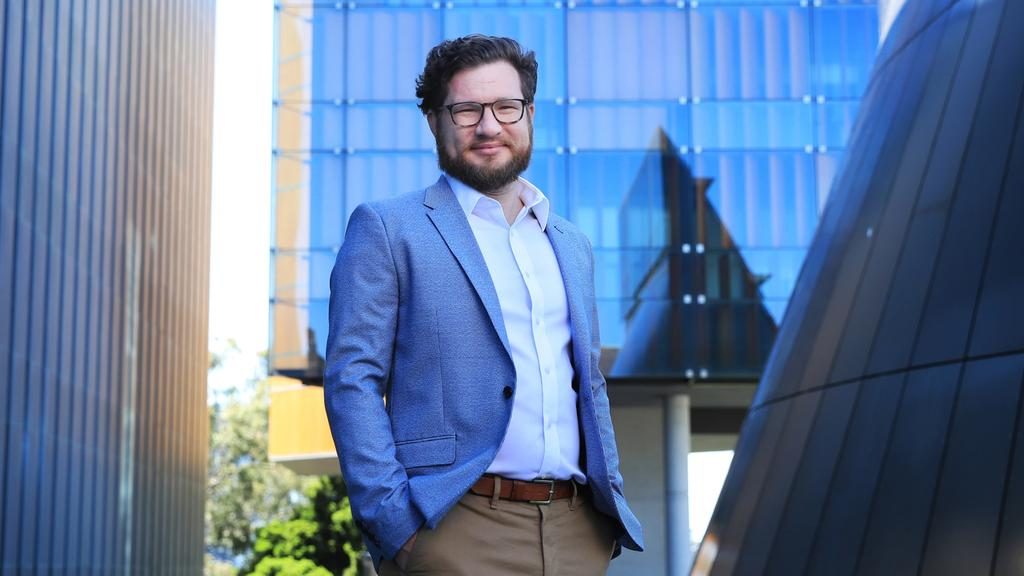
PropTrack senior economist Paul Ryan says building secondary homes on existing properties was helping alleviate the housing crisis.
“A lot of people buy properties thinking they can build a granny flat without doing much research, so there is a risk of buying something not knowing whether you can build or not,” Mr Gebrael said.
The other key consideration is how much value a secondary home can add to the property’s overall value.
Property valuer and Sunshine Coast director of Herron Todd White Chris McKillop said homeowners shouldn’t presume they will get their money back on a granny flat when they sell their property.
“It’s suburb by suburb specific and property by property specific, but in a typical suburb you may be able to get back the cost of it,” Mr McKillop said.
In areas where there is a mix of different housing types, homeowners are more likely to get back the cost of building the granny flat in their property’s sale price.
But in traditional owner-occupier markets with good-quality homes, homeowners who have built a granny flat may not be so lucky.
“Do your research so you’re not building something in a location where people expect a typical family home,” Mr McKillop said.
“If people expect a typical family home in that location and you’re adding a dual occupancy or granny flat in the backyard, then you might not get your money back for it, even if you get a good income stream from it.”

